Critics be damned, Liverpool Metropolitan Cathedral gets Grade I status on advice from Historic England
Looking a bit like a large piece of moon-landing equipment on which you’d best not sit, with indoor lighting that wouldn’t look out of place in a nightclub, the building has ever divided opinions.
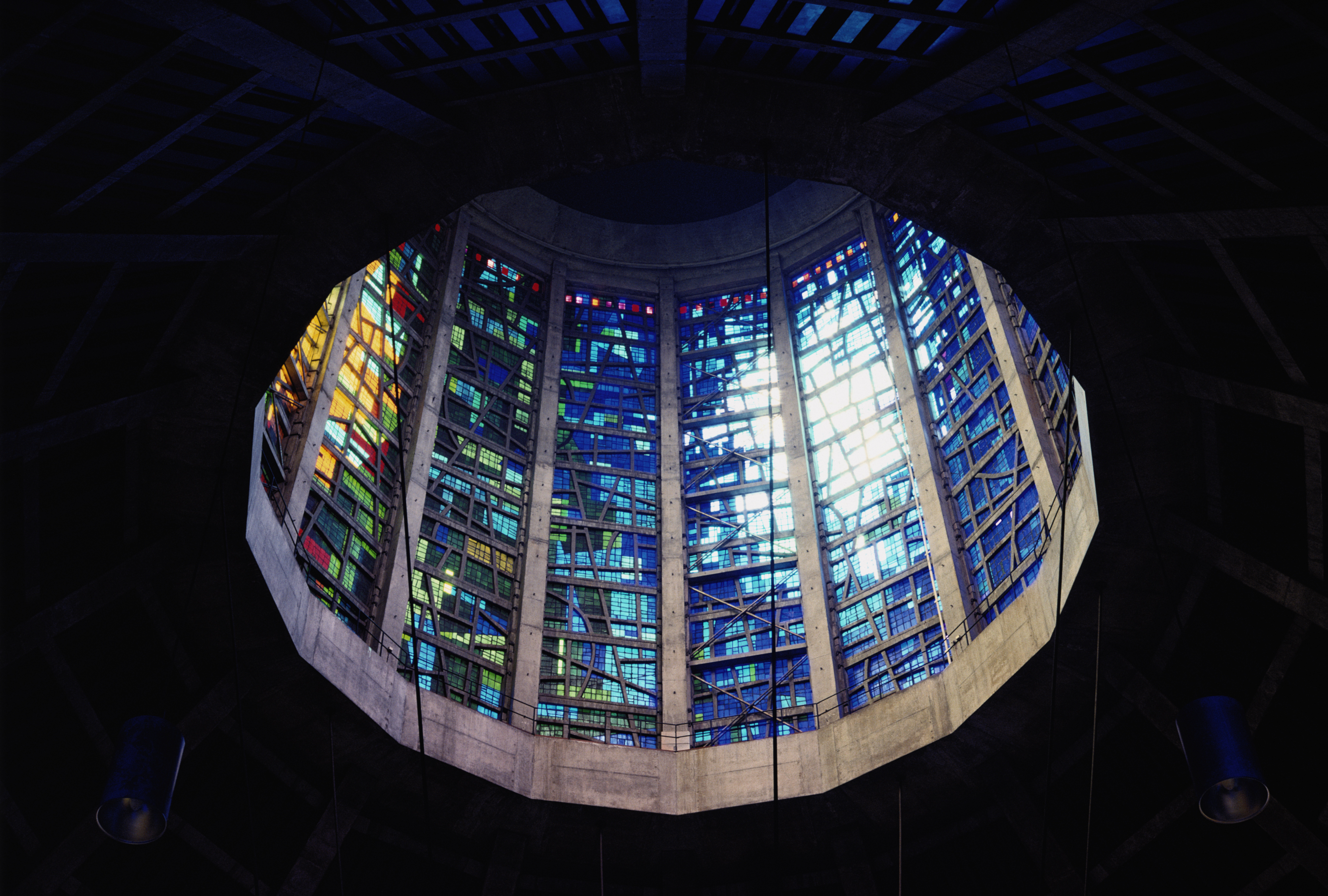

Affectionately known to locals as ‘Paddy’s Wigwam’, Liverpool’s Metropolitan Cathedral of Christ the King’s listed status has been upgraded to Grade I on advice from Historic England. It was built in the 1960s to the groundbreaking vision of Modern architect Sir Frederick Gibberd on top of an earlier Sir Edwin Lutyens-designed crypt; construction of a grand, classical cathedral had begun in the 1930s but was scuppered by the war and ‘The Mersey Funnel’, as it is also known, became Britain’s greatest Roman Catholic post-war architectural commission.
Constructed of concrete, Portland stone and stainless steel, giving the appearance, perhaps, of a large piece of moon-landing equipment on which you’d best not sit, with indoor lighting that wouldn’t look out of place in a nightclub, the building has ever divided opinions.
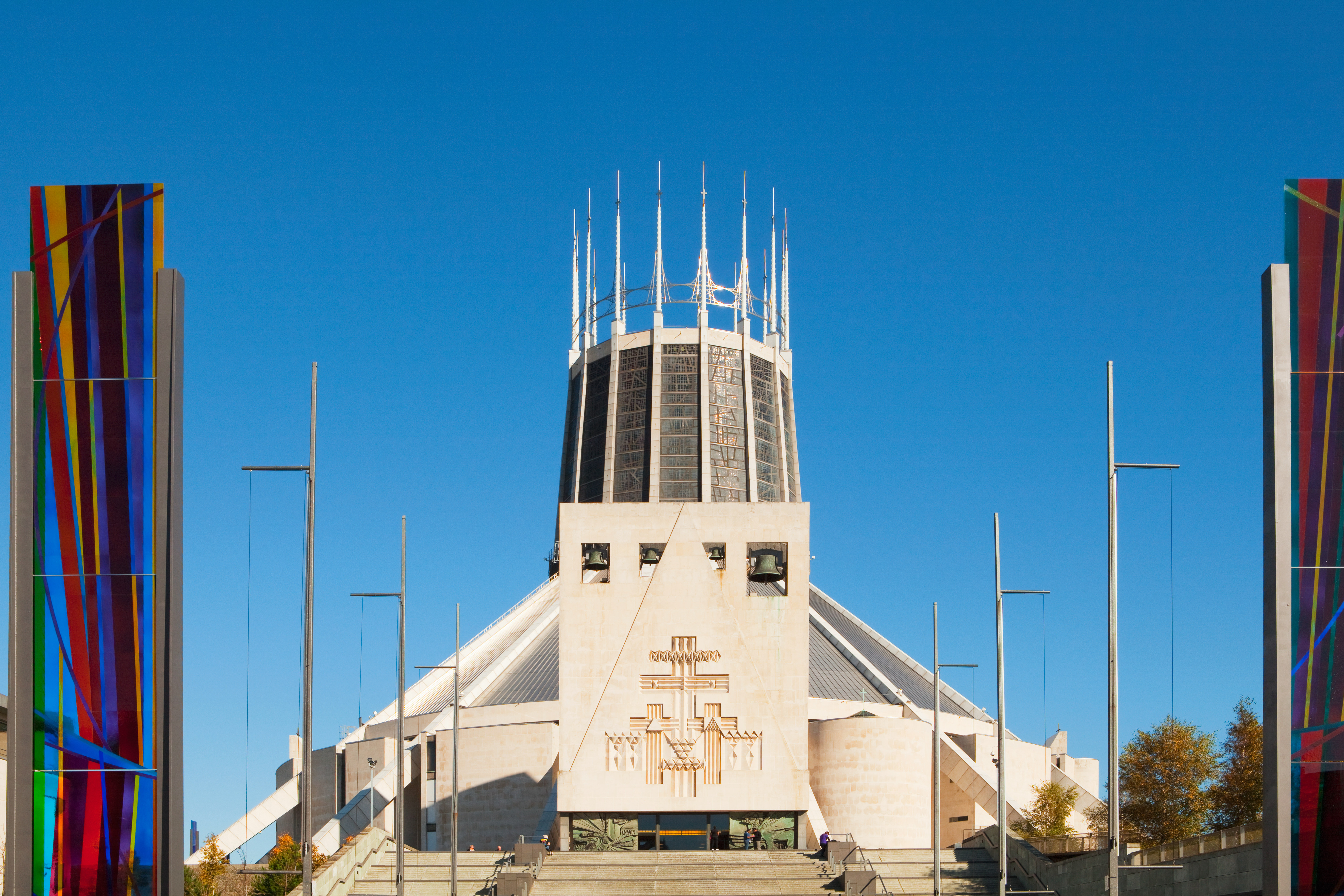
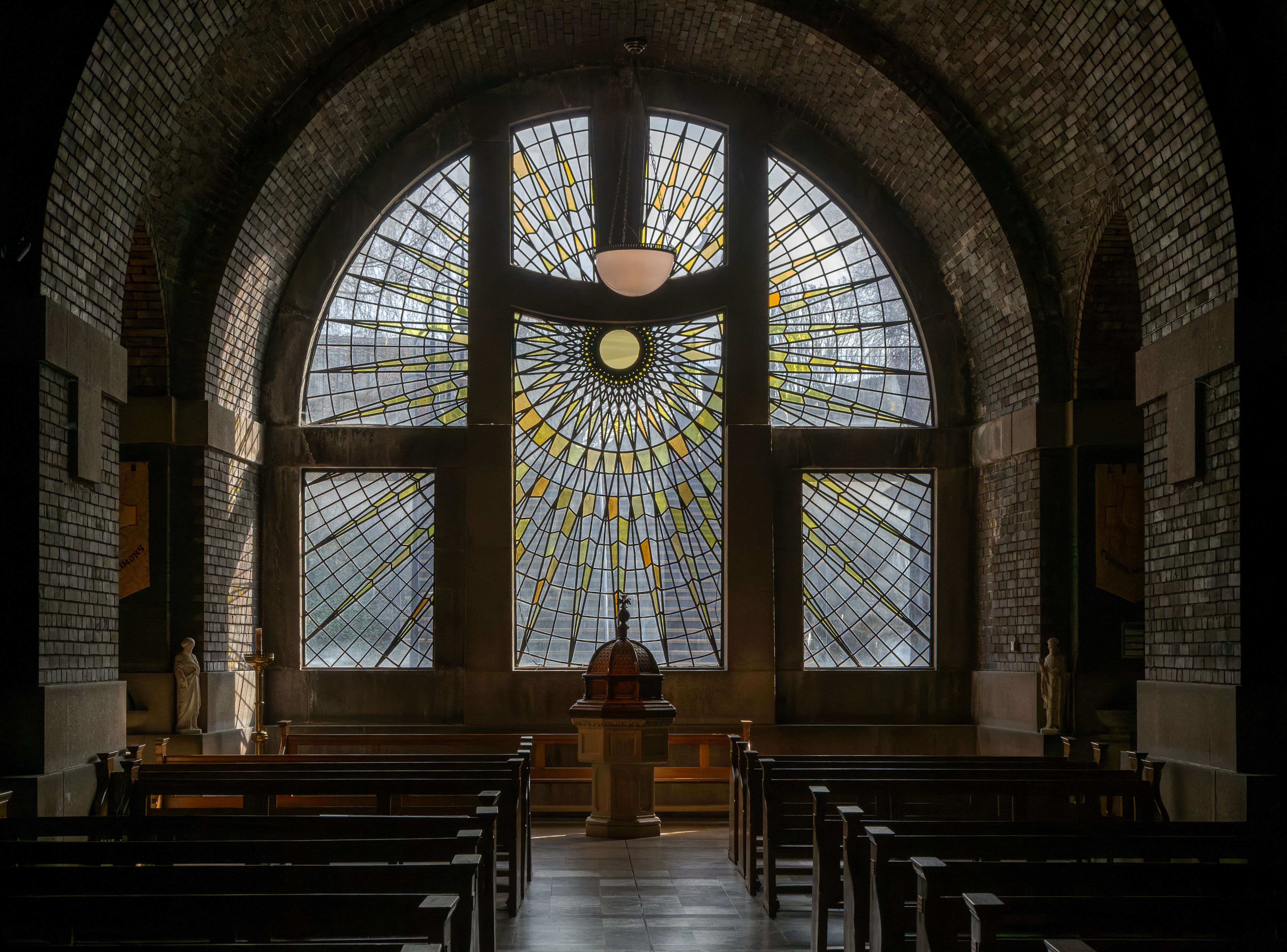
The Crypt is all that remains of an earlier cathedral for Liverpool, designed by Sir Edwin Lutyens in the 1930’s.
Mass is designed to be a visual drama in the progressive, circular, open space, fit for a world post the Second Vatican Council and ensuing changes, including greater congregational involvement. Sixty years later, its appearance is still somewhat shocking and, although it can’t boast the neon writing of Dame Tracey Emin, as its Anglican counterpart (by Sir Giles Gilbert Scott) in the city can, the site is an art lover’s dream.

Tracey Emin's installation in Liverpool Anglican Cathedral. It reads 'I felt you and I know you loved me'.
A special method of cementing coloured glass was invented for installing the central lantern by John Piper and Patrick Reyntiens and other striking artwork includes Elisabeth Frink’s crucifix, bronze relief doors by sculptor William Mitchell showing symbols of the Four Evangelists, various stained-glass windows by Margaret Traherne, Stations of the Cross by sculptor Sean Rice and an enormous crown of thorns or ‘baldacchino’ above the altar designed by Gibberd, made of aluminium rods and incorporating loudspeakers and lights.

The Catholic Metropolitan Cathedral and the Liverpool Anglican Cathedral. Chalk and cheese.

The cathedral's interior continues to divide opinion.
Some would argue that the real shock is that Liverpool Metropolitan Cathedral wasn’t already listed Grade I. It certainly could have used assistance over the years. In the 1980s, a high-profile court case saw the Archdiocese sue both Gibberd and the engineers over a leaking roof, pieces of mosaic falling from the buttresses and a bell tower that was too narrow for the drive wheel it required. ‘After four weeks of trial, the case was settled,’ explains Paul Walton, former solicitor for the Archdiocese. ‘Even so, once the cathedral got the money, nobody new how to fix the issues. When Archbishop Kelly was installed in the 1996, the roof was still leaking. It rained on the day of his installation and the water dripped onto his family and guests. The roof was finally fixed later that decade.’

The Archbishop of Liverpool George Beck (centre) with his assistant David Kirby (right) visiting the studio of stained-glass artist Patrick Reyntiens (left) in Loudwater, Buckinghamshire, in 1965, to view the stained glass window panels, which were being made for the Lantern Tower of Liverpool Metropolitan Cathedral.
Controversy aside, the cathedral has certainly achieved Gibberd’s aim of giving the city a ‘unique topography’. ‘It commands the Liverpool skyline and is visible for miles around,’ adds Archbishop John Sherrington, Archbishop of Liverpool. ‘The building has been described as “the soul of the city” and brings hope to thousands who visit each year. The colours of the stained glass and revolutionary architectural style help raise their minds and hearts beyond this world to the transcendent and to God.’
Exquisite houses, the beauty of Nature, and how to get the most from your life, straight to your inbox.
Annunciata is director of contemporary art gallery TIN MAN ART and an award-winning journalist specialising in art, culture and property. Previously, she was Country Life’s News & Property Editor. Before that, she worked at The Sunday Times Travel Magazine, researched for a historical biographer and co-founded a literary, art and music festival in Oxfordshire. Lancashire-born, she lives in Hampshire with a husband, two daughters and a mischievous pug.
-
 Caveat renovator: The TV star, the writer and the salvation of a crumbling farmhouse
Caveat renovator: The TV star, the writer and the salvation of a crumbling farmhouseThe actor, writer and comedian Robert Webb and his comedy writer wife Abigail Burdess embarked on a renovation project in 2019 which became far more than they imagined — and just as the job is at last complete, they've decided that it's the right time to put house on the market.
-
 'People always think that, working on The Telegraph, I'll be told that things aren't right wing enough. But in 37 years, I've never, ever been told that’: The Telegraph’s cartoonist Matt on his consuming passions
'People always think that, working on The Telegraph, I'll be told that things aren't right wing enough. But in 37 years, I've never, ever been told that’: The Telegraph’s cartoonist Matt on his consuming passionsThe Daily Telegraph cartoonist Matt — AKA Matthew Pritchett — talks to Lotte Brundle about his career as a cartoonist, his love of Snoopy and how he ‘stole’ his wife from Laurence Llewellyn-Bowen.
-
 'People always think that, working on The Telegraph, I'll be told that things aren't right wing enough. But in 37 years, I've never, ever been told that’: The Telegraph’s cartoonist Matt on his consuming passions
'People always think that, working on The Telegraph, I'll be told that things aren't right wing enough. But in 37 years, I've never, ever been told that’: The Telegraph’s cartoonist Matt on his consuming passionsThe Daily Telegraph cartoonist Matt — AKA Matthew Pritchett — talks to Lotte Brundle about his career as a cartoonist, his love of Snoopy and how he ‘stole’ his wife from Laurence Llewellyn-Bowen.
-
 William Hanson's 39 steps to being a gentleman
William Hanson's 39 steps to being a gentlemanMany have attempted to update the codes of gentlemanly conduct for 2025, but as, William Hanson shows, the timeless rules are still the best ones
-
 A true gent lets his hair down on a Wednesday: Inside our Savile Row party to celebrate the publication of Gentleman's Life
A true gent lets his hair down on a Wednesday: Inside our Savile Row party to celebrate the publication of Gentleman's Life'The party marked the ten-year anniversary of Gentleman's Life and it was, fittingly, a party for the ages.'
-
 Do you really want that Friday feeling? Tradition says it was the day Adam and Eve were expelled from Eden, Noah’s flood started and Christ was crucified
Do you really want that Friday feeling? Tradition says it was the day Adam and Eve were expelled from Eden, Noah’s flood started and Christ was crucifiedBefore you shout 'TGIF', steady on, warns Ian Morton. Friday has a reputation — and it's not a good one.
-
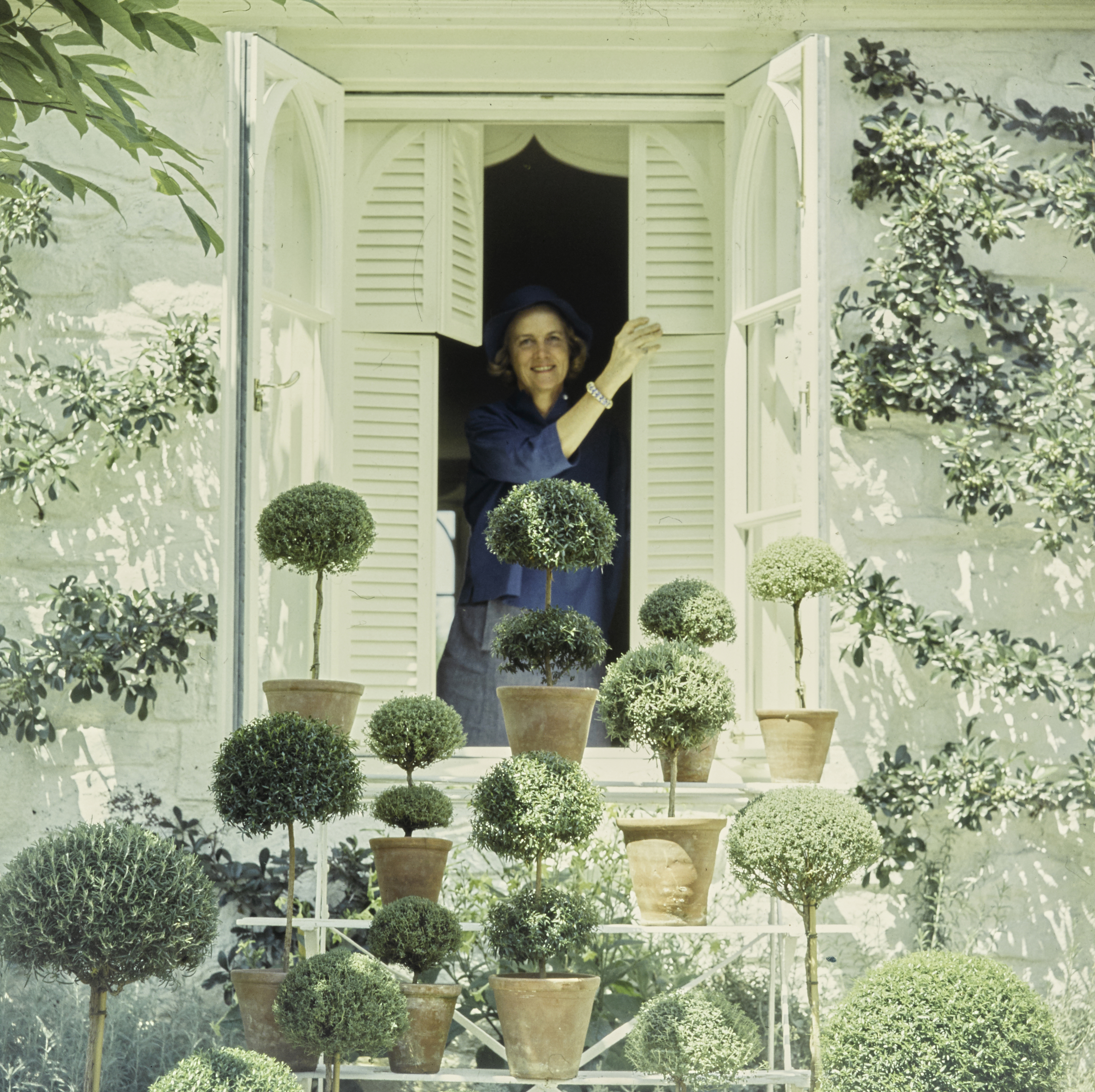 Bunny Mellon: The Truman Capote ‘Swan’, muse and horticulturalist whose creations for The White House were recently lost forever
Bunny Mellon: The Truman Capote ‘Swan’, muse and horticulturalist whose creations for The White House were recently lost foreverAs Tiffany & Co. pay homage to Bunny Mellon with a new Bird on a Rock collection, Owen Holmes takes a look at the most iconic garden designs of this heiress-horticulturist, from her Virginia estate to the White House to Versailles.
-
 'Never has there been a more important time to publicise great Victorian and Edwardian buildings in peril': The importance of saving our historic buildings
'Never has there been a more important time to publicise great Victorian and Edwardian buildings in peril': The importance of saving our historic buildingsFor the 16th year, the Victorian Society is calling on the public to nominate Victorian or Edwardian buildings in England and Wales that are in need of saving.
-
 From the Caribbean with love: The other James Bond who wrote the definitive guide to tropical birds
From the Caribbean with love: The other James Bond who wrote the definitive guide to tropical birdsThe Caribbean plays host to a brilliant spectrum of colourful avians, says John Lewis-Stempel, as he revels in a birdwatcher’s paradise. Illustrations by Annabelle King.
-
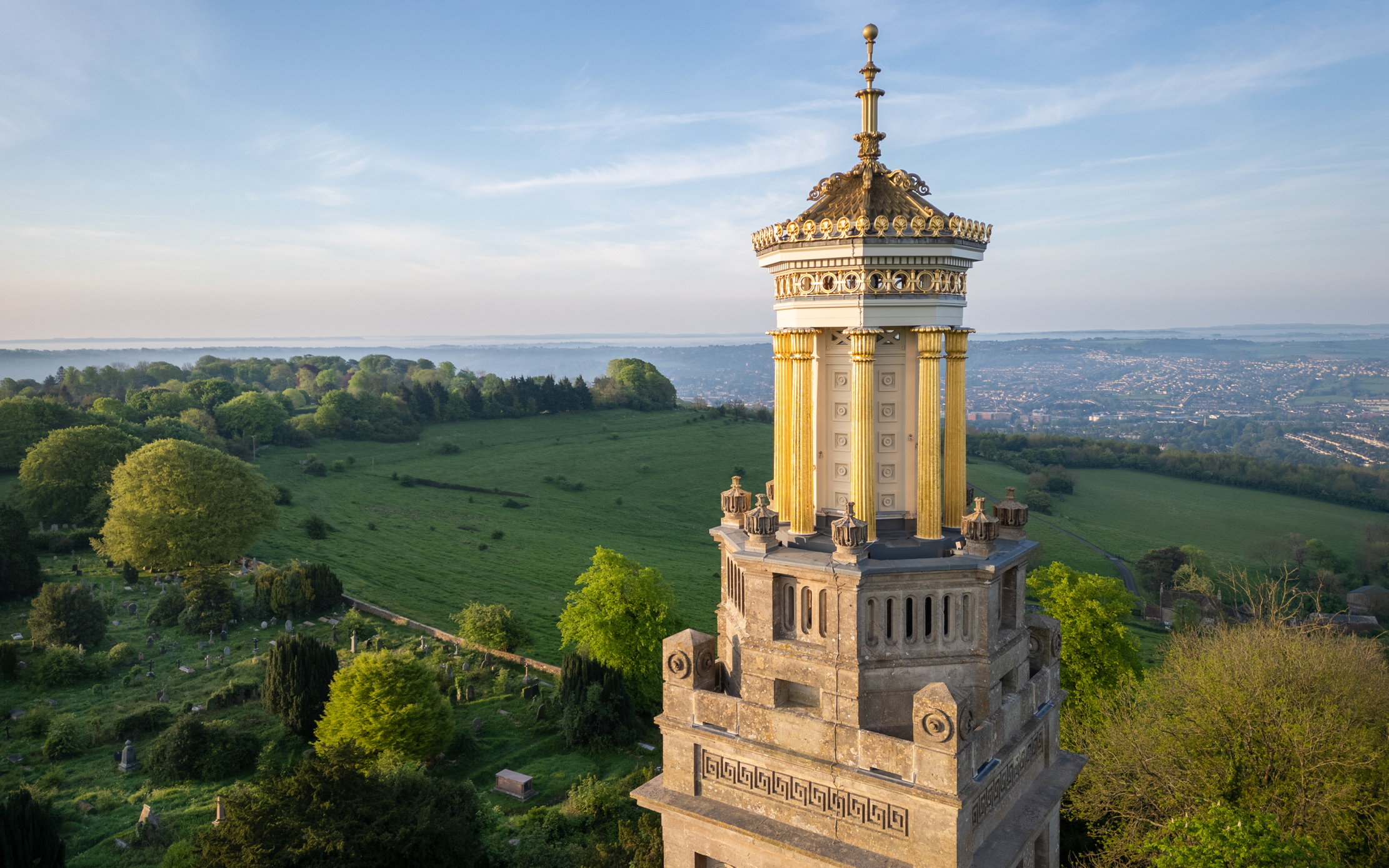 Best in class: This year's Georgian Group Architectural Award winners revealed
Best in class: This year's Georgian Group Architectural Award winners revealedThe Georgian Group’s Architectural Awards, sponsored by Savills, attracted another outstanding crop of entries this year. We reveal the winners, as chosen by a panel of judges chaired by Country Life's Architectural Editor, John Goodall.
